Figures & data
Figure 1. Relationships with age (by decile) for general intelligence (g), facial expression recognition ability (Face Exp), and facial identity recognition ability (Face ID).
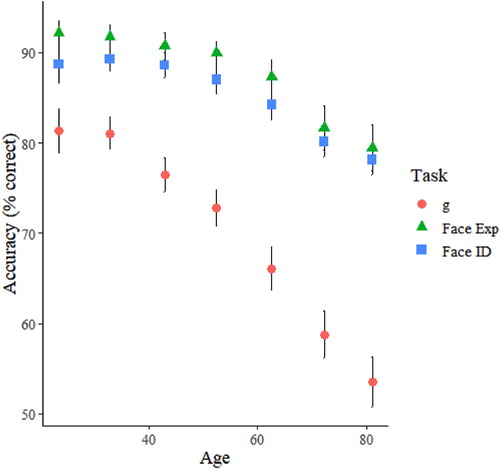
Table 1. Descriptive statistics of facial expression recognition ability (Face Exp), facial identity recognition ability (Face ID), age, and general intelligence.
Table 2. Zero-order correlations between measures of facial expression recognition ability (Face Exp), facial identity recognition ability (Face ID), age, and general intelligence.
Table 3. Multiple regressions predicting facial expression recognition ability from age, sex, facial identity recognition ability (Face ID), and general intelligence.
Table 4. Multiple regressions predicting facial identity recognition ability from age, sex, facial expression recognition ability (Face Exp), and general intelligence.
Figure 2. Relationships of age with face expression (Face Exp) recognition residuals, showing the age decline of Face Exp when controlling for general intelligence.
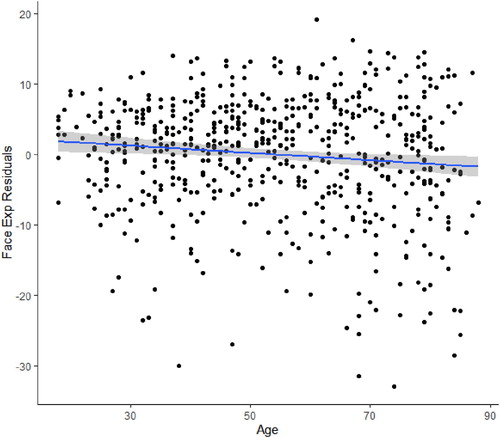
Figure 3. Relationships of age with face identity (Face ID) recognition residuals, showing the age decline of Face ID when controlling for general intelligence.

Figure 4. Mediation model of age, general intelligence, and facial expression recognition ability.
Note: All standardised coefficients are significant at p < .001. The value in parentheses is the relationship between age and facial expression recognition before general intelligence was taken into account.
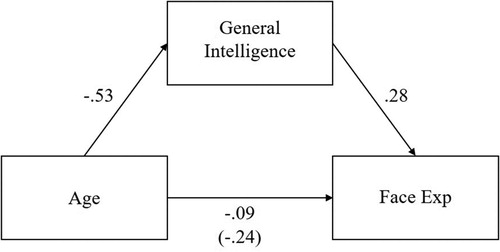
Figure 5. Mediation model of age, general intelligence, and facial identity recognition ability.
Note: All standardised coefficients are significant at p < .001. The value in parentheses is the relationship between age and facial identity recognition before general intelligence was taken into account.
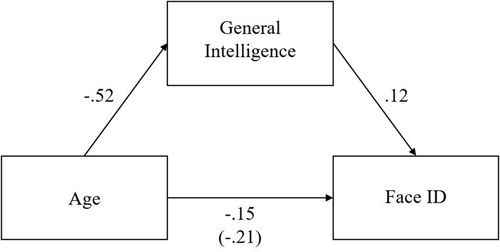
Figure 6. Graphical representation of a model predicting facial emotion expression recognition ability from age, sex, facial identity recognition ability (Face ID), and general intelligence, with age also directly predicting anger recognition.
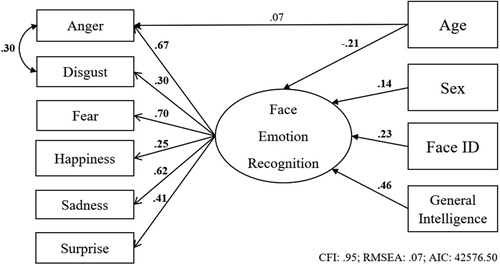
Table 5. Path loadings and significance levels of the six structural equation models, and their corresponding fit indices.
Supplementary_Material
Download MS Word (115.7 KB)Data availability statement
Face perception across the adult lifespan: Evidence for age-related changes independent of general intelligence. The data analysed in this study were collected by the Cambridge Centre for Ageing and Neuroscience (Cam-CAN) (Shafto et al., Citation2014) and are available upon application from the original authors at www.cam-can.org.
